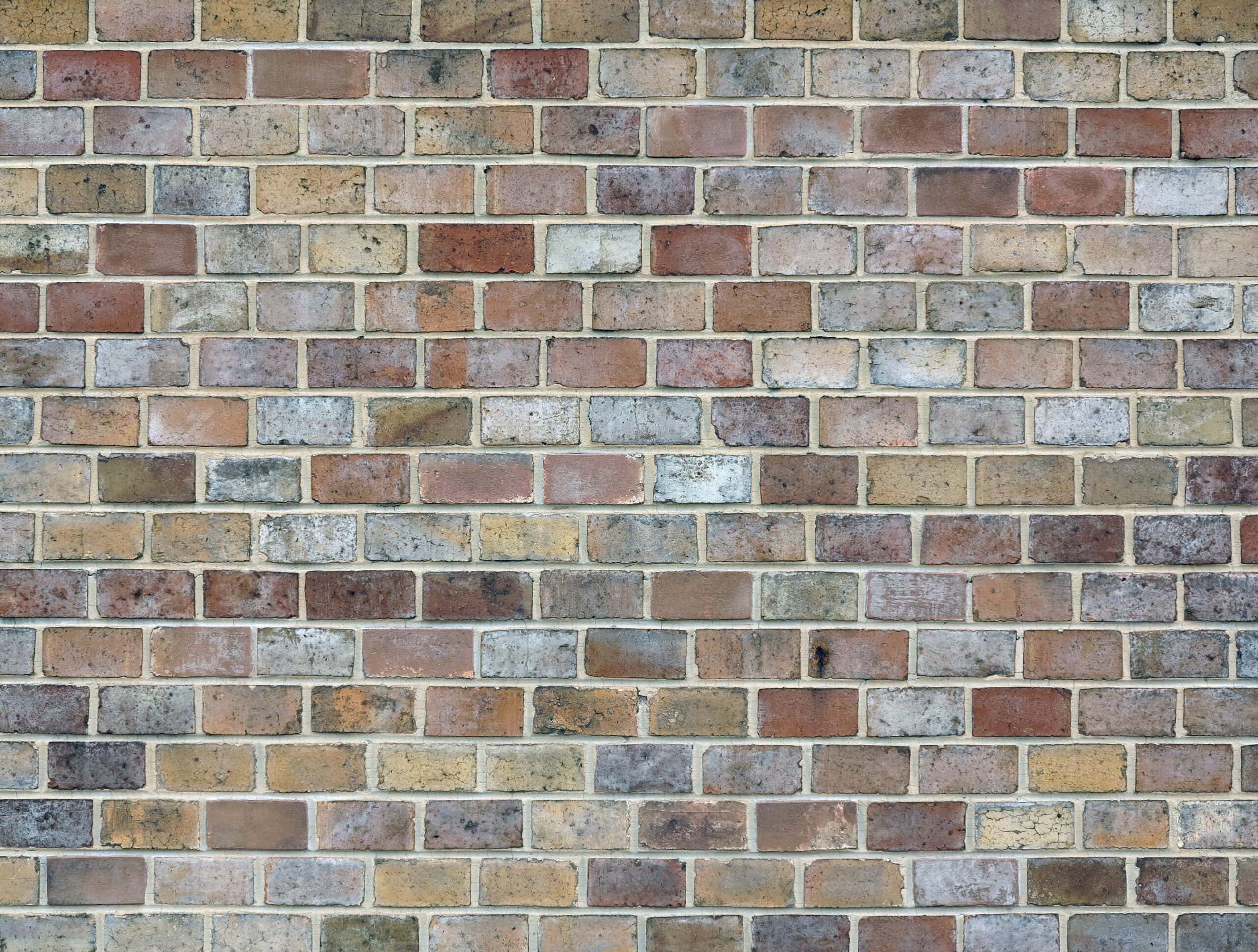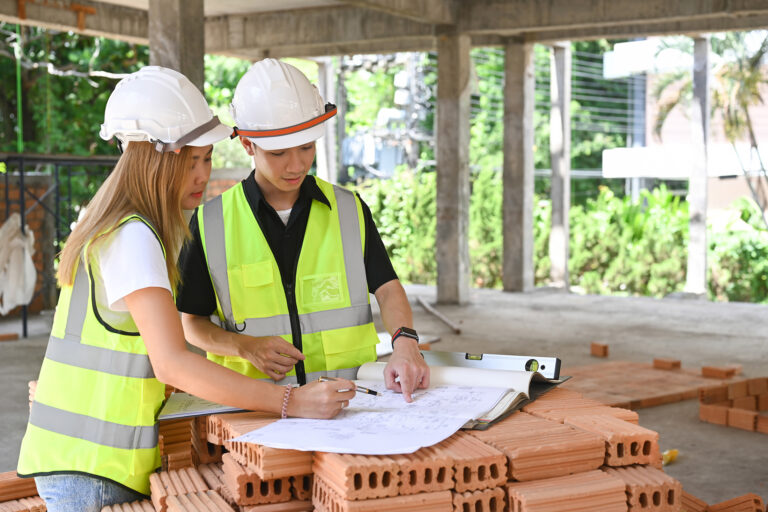Brick is one of the most popular wall materials due to its aesthetic and functional value. Brick is not invincible to wear and tear, however, and erosion of the face of your brick is an indication of spalling. Spalling occurs when the face of a brick begins to crumble and fall away from the body of the brick. If not resolved, the softer portions of the brick can become exposed to the elements, resulting in destruction of the brick, and leaving the structure vulnerable to collapse. Before repairing spalling brick, you must identify the source of the problem in order to avoid it worsening.
One of the most common causes of spalling is water damage. Brick and mortar walls are similar to a sponge, as they constantly absorb and expel moisture; when the moisture drive is too strong, the moisture can push the face of the brick off. An early sign of this is efflorescence, which is a white or yellow mineral deposit on the face of the brick that appears due to the moisture moving through the brick. Brick sealers often worsen the problem, as moisture becomes trapped behind the face of the brick. What exactly causes strong moisture drive? This could be anything from faulty pipes or leaks, or eroded mortar lines. If you have located mold or internal water damage, this can help point you to the location of the problem.
Another prevalent cause of brick spalling is using the wrong mortar. This problem occurs most frequently on historic buildings, which tend to have softer bricks than modern buildings – the softer bricks are incompatible with modern mortar. Prior to the 1930s, buildings were historically constructed with lime mortar, which consisted of lime, sand, and water. Modern masonry, however, saw the introduction of Portland cement mortar, which eventually phased out the use of lime mortar.
To avoid spalling brick, inspect old brick for new mortar and remove it if you find it. A good way to test this is with a house key – if the key can scratch the mortar and cause it to crumble, then it is probably lime mortar. If the key makes no marks, it is likely Portland cement mortar. To prevent the possibility of spalling brick, it is imperative to carefully select the proper brick and mortar during construction. Bricks should be harder than the mortar and the mortar should be more breathable than the brick.
Whether spalling brick is caused by water damage or improper mortar, you must eliminate the problem so that it does not reoccur. Once you have addressed the cause of spalling, then you can proceed to fix or remove the affected bricks – though note that if more than three or four bricks in the same area need to be removed, the repairs may be best handled by a professional to ensure structural integrity is not compromised.
Looking for a team to take the lead on your next project? At Pulse Construction, we’re committed to doing business with an honest, professional, and competitive approach – without compromising safety or schedules. Contact us today for all of your building needs.



